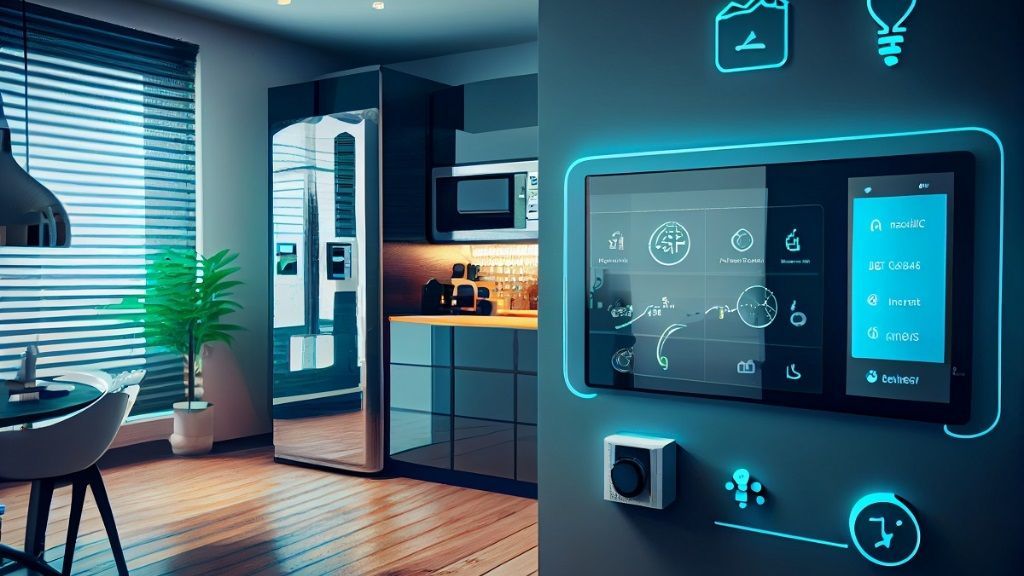As technology keeps on propelling, the idea of home automation has advanced essentially, progressing from customary automation to the domain of smart homes. Understanding the differentiations between these two methodologies is urgent for homeowners trying to embrace the advantages of mechanized residing. From automated lighting and climate control to advanced security systems, smart home automation companies offer comprehensive solutions for homeowners.
Definition and Extension:
Conventional Home Automation:
Conventional home automation basically centers around mechanizing explicit undertakings or cycles inside the home climate. This frequently includes the utilization of programmable clocks, remote-controlled switches, and basic sensors to robotize works like lighting, warming, and security systems.
Smart Home Automation:
Smart home automation, then again, envelops a more extensive and more interconnected way to deal with home administration. It incorporates cutting edge innovations like computerized reasoning (man-made intelligence), AI, and Web of Things (IoT) gadgets to make a smart and versatile living space. Smart homes influence interconnected gadgets and systems to give improved comfort, energy effectiveness, and security.
Availability and Incorporation:
Customary Home Automation:
In customary home automation arrangements, gadgets frequently work autonomously or inside detached networks. Correspondence between gadgets is normally restricted, and coordination with outer systems or administrations might challenge.
Smart Home Automation:
Smart home automation depends intensely on interconnectedness and consistent mix among gadgets and systems. IoT gadgets speak with one another and with concentrated centers or stages, empowering comprehensive control and automation. Reconciliation with cloud administrations, portable applications, and outsider stages further upgrades usefulness and adaptability.
UI and Control:
Conventional Home Automation:
Conventional home automation systems frequently include simple UIs, like actual switches, clocks, or essential control boards. Client association is commonly manual, with restricted remote access or customization choices.
Smart Home Automation:
Smart home automation gives instinctive and easy to use interfaces, including versatile applications, voice partners, and web-based interfaces. These points of interaction offer controller, booking, automation schedules, and customized settings, enabling clients to fit their home climate to their inclinations and way of life.
In outline, while customary home automation centers around robotizing explicit errands utilizing fundamental advances, smart home automation embraces interconnectedness, knowledge, and flexibility to establish a genuinely wise residing climate. Smart homes offer upgraded accommodation, productivity, and security, upsetting the manner in which we cooperate with and deal with our residing spaces in the computerized age. Through intuitive interfaces and predictive analytics, smart home automation companies anticipate user needs and adapt to changing lifestyles seamlessly.
You may also like
-
Balcony maintenance – Owner vs. HOA responsibility
-
Unlocking Opportunities The Perfect Condo for Technical Education Enthusiasts – Chencharu Close Condo
-
Creative and Inspiring Easter Egg Design Ideas for Your Holiday Celebrations
-
How Does LASIK Eye Surgery Improve Vision for Sports Enthusiasts in College Station
-
How to Prevent Roots From Invading Your Sewer Line


